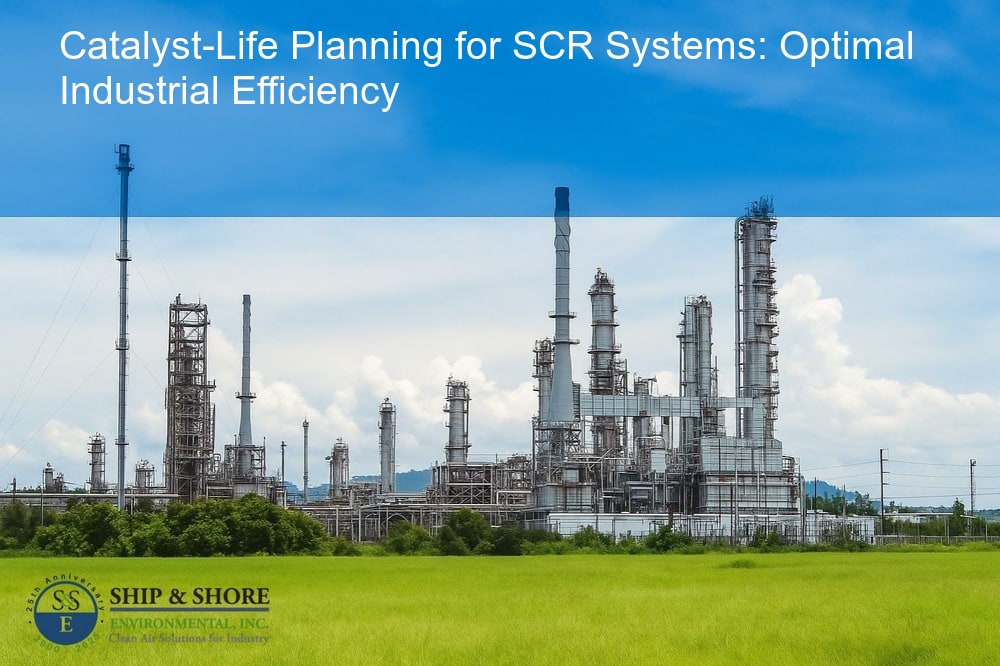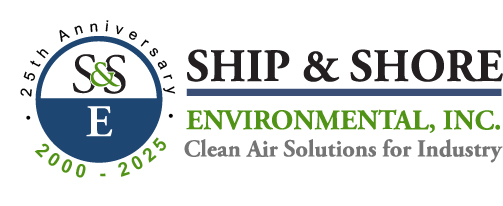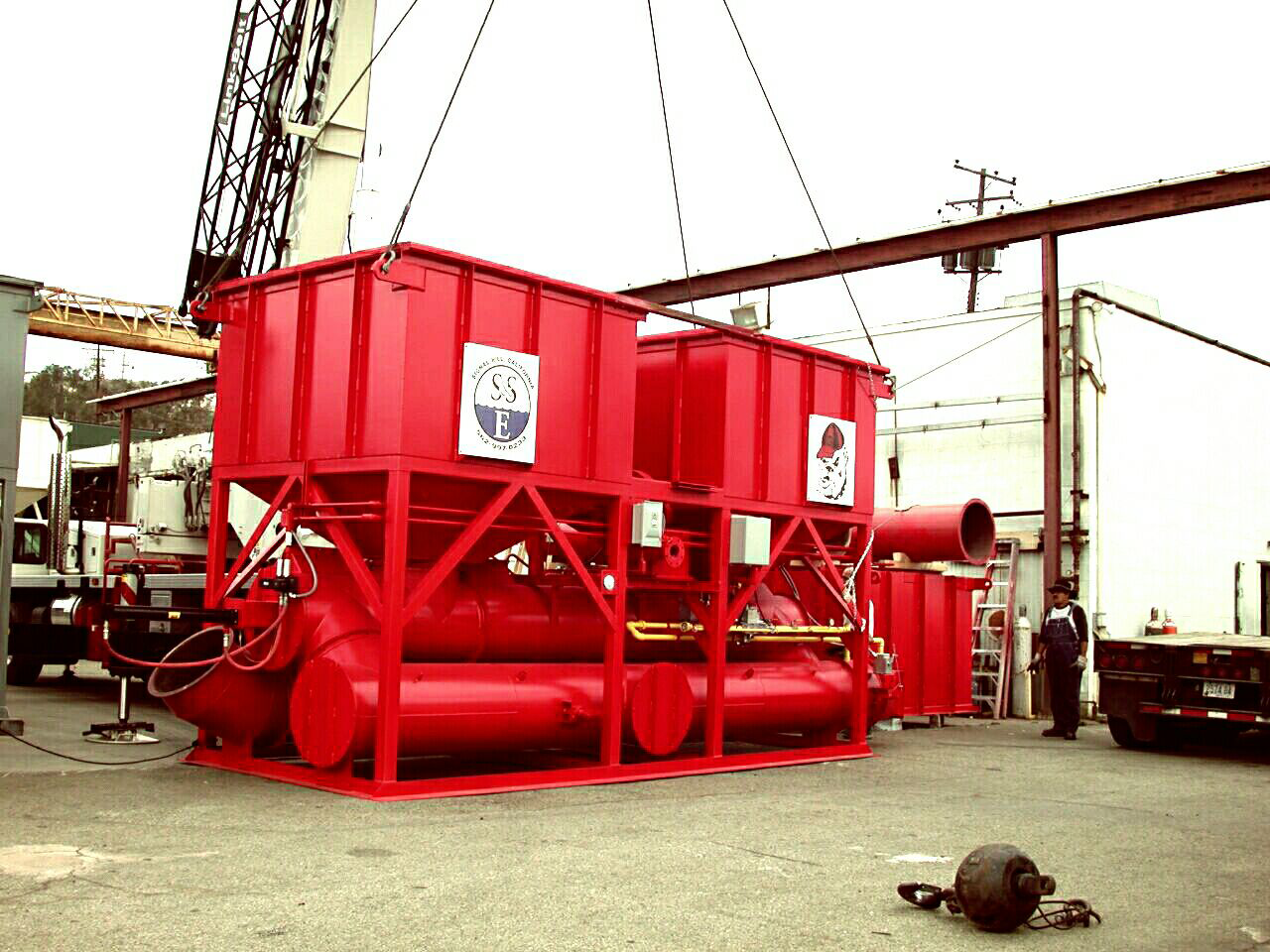
Mastering Catalyst-Life Planning for SCR Systems
September 19, 2025 4:03 amUnderstanding the Importance of Catalyst-Life Planning for SCR Systems
Catalyst-life planning for SCR systems is an essential aspect of ensuring the longevity and efficiency of Selective Catalytic Reduction (SCR) systems. These systems play a crucial role in mitigating pollutants, particularly nitrogen oxides (NOx), from industrial flue gases. By understanding and implementing effective catalyst-life planning, we can achieve sustained performance, compliance with environmental regulations, and operational cost savings. The strategic management of catalysts, from selection to disposal, directly impacts the functionality and reliability of SCR systems.
A Look at the Function of SCR Systems in Pollution Control
SSelective Catalytic Reduction (SCR) systems are designed to reduce NOx emissions by converting them into harmless nitrogen and water vapor, using a catalyst in presence of a reductant such as ammonia or urea. The SCR process is catalyzed by materials such as vanadium, tungsten, or titanium-based compounds, which facilitate the chemical reaction at lower temperatures than would otherwise be possible. These systems are widely used in industrial plants, power stations, and marine vessels, where regulatory standards for NOx emissions are stringent. Effective catalyst-life planning is crucial for maintaining the optimal performance and compliance of these systems.
The Role of Catalysts in Optimizing SCR System Performance
Catalysts are the heart of SCR systems, enhancing the chemical reactions needed to reduce NOx emissions. Over time, however, catalysts can become deactivated due to factors like exposure to poisons (e.g., sulfur, arsenic), fouling, thermal degradation, and mechanical wear. Each of these factors can significantly impact the efficiency and operational life of the catalyst. Effective catalyst-life planning helps in identifying these issues early, allowing for timely interventions such as regeneration, replacement, or upgrading of catalysts. This ensures that the SCR system continues to operate efficiently, meeting regulatory requirements and minimizing environmental impact.
In summary, understanding the importance of catalyst-life planning for SCR systems is fundamental for anyone involved in environmental management and industrial operations. These efforts ensure that the systems function efficiently, maintain compliance with environmental standards, and contribute to sustainable industrial practices. By focusing on the role and maintenance of catalysts, we commit to long-term operational success and environmental stewardship.
Delving into the Details: The Catalyst-Life Cycle in SCR Systems
When we discuss Catalyst-Life Planning for SCR Systems, understanding the catalyst-life cycle becomes crucial. The catalyst within Selective Catalytic Reduction (SCR) systems is responsible for converting harmful nitrogen oxides (NOx) into nitrogen and water, thus enabling industries to meet stringent environmental regulations. The lifecycle of a catalyst consists of various stages including the initial activation, operational period, potential regeneration, and eventual deactivation. Therefore, a thorough comprehension of these stages aids in predicting catalyst performance and planning appropriate maintenance activities.
In the initial activation phase, new catalysts require specific conditions to reach their optimal performance levels. Understanding these requirements can significantly enhance the efficiency and longevity of the catalyst. For instance, fluctuations in operating temperature and inconsistent feedstock can fast-track catalyst deactivation. By closely monitoring these variables, we can optimize the catalyst’s active life.
Strategies for Efficient Catalyst-Life Planning in SCR Systems
Efficient Catalyst-Life Planning for SCR Systems involves various strategic approaches. Foremost among these is the establishment of a proactive monitoring program. By regularly assessing the catalyst’s performance through comprehensive data analysis, we can identify potential issues before they become significant problems. Furthermore, this enables us to schedule maintenance activities at the most opportune times, thereby minimizing operational disruptions.
- Implementing Advanced Diagnostic Tools: Utilizing real-time monitoring systems and advanced diagnostic instruments allows us to keep track of the catalyst’s condition with high precision.
- Regular Performance Reviews: Periodic reviews of catalyst performance data enable timely interventions and adjustments to operating conditions.
- Predictive Maintenance: Leveraging predictive analytics can help us forecast potential catalyst failures and plan maintenance activities accordingly.
- Optimizing Operating Conditions: Fine-tuning operational parameters like temperature, flow rates, and reactant concentrations can extend the catalyst’s active life.
Another crucial aspect of catalyst-life planning is the selection of high-quality catalysts tailored to specific industrial applications. Different feedstocks and operational conditions necessitate different types of catalysts. By selecting the most appropriate catalyst for the given conditions, we can maximize both efficiency and longevity.
Case Study: Effective Catalyst-Life Planning for Successful Environmental Compliance
Let’s consider a case study that highlights the benefits of effective Catalyst-Life Planning for SCR Systems. An industrial facility faced challenges in maintaining NOx emissions within regulatory limits due to frequent catalyst deactivations. Initially, their approach involved reactive maintenance, where catalysts were replaced only after noticeable performance drops. This led to increased operational costs and unexpected downtimes.
By shifting to a proactive Catalyst-Life Planning strategy, the facility achieved significant improvements. They implemented regular performance monitoring, optimized operating conditions, and utilized predictive analytics to plan maintenance activities. As a result, the frequency of catalyst replacements decreased by 30%, and NOx emission levels consistently remained within acceptable limits.
This case study underscores the importance of adopting a holistic approach to catalyst-life planning. Not only does it ensure compliance with environmental regulations, but it also contributes to operational efficiency and cost savings.
Did you know? Strategic planning for the life cycle of catalysts in SCR systems can significantly enhance long-term industrial efficiency and environmental compliance.
Long-term Industrial Efficiency Through Effective Catalyst-Life Planning for SCR Systems
Investing in thorough and effective catalyst-life planning for SCR systems ensures we not only meet but exceed the standards for pollution control. This proactive approach significantly boosts the efficiency of our operations, extending the lifespan of our equipment while reducing environmental impact. By maintaining optimal performance of our SCR systems, we contribute to a sustainable future and align with rigorous environmental regulations.
Looking Ahead: Future Trends in Catalyst-Life Planning for SCR Systems
The future of catalyst-life planning for SCR systems is promising, with continuous advancements in technology and methods. Emphasis is being placed on predictive analytics and real-time monitoring systems, allowing for more precise catalyst management. The integration of IoT and machine learning will revolutionize our ability to predict and react to catalyst wear and tear, thus enhancing system efficacy. We stay ahead by keeping an eye on these evolving trends and adapting our strategies accordingly to ensure our systems are always on the cutting edge of efficiency and compliance.
Embracing Catalyst-Life Planning as a Best Practice in Environmental Regulation Compliance
For us, catalyst-life planning is not just a technical requirement; it is a best practice that underpins our dedication to environmental stewardship. By adopting meticulous and strategic planning methods, we exemplify our commitment to sustainable industrial operations. Embracing such planning as a core practice demonstrates our leadership in the field and ensures that we remain compliant with stringent environmental regulations.
Our approach is deeply rooted in case studies that highlight the success of proactive and strategic catalyst-life planning for SCR systems. By learning from these practical examples, we refine our methodologies and continuously improve our practices. This dedication to excellence promises not only compliance but also superior operational efficiency and environmental responsibility.
FAQ
What is the significance of catalyst-life planning in SCR systems?
Optimizing catalyst-life planning is crucial in ensuring that our SCR systems operate efficiently over time, thus guaranteeing compliance with environmental standards. By meticulously managing the service life of our catalysts, we extend the operation of our SCR systems, reduce downtime, and limit unnecessary expenditures on replacements, consequently upholding our commitment to sustainable industrial practices. Moreover, by maximizing catalyst effectiveness, we significantly enhance our emissions control capabilities.
How does catalyst-life planning contribute to environmental regulation compliance?
Proactive catalyst-life planning empowers us to not only meet but potentially surpass environmental regulatory requirements. With strategic attention to the condition and performance of our catalysts, we are able to maintain stringent controls on emissions, often keeping them well below mandated levels. This commitment to environmental excellence effectively demonstrates our leadership in fostering clean air initiatives and our adherence to ecological responsibilities.
Can you briefly describe what SCR systems do to control pollution?
SCR systems, or Selective Catalytic Reduction systems, are essential for reducing harmful emissions, particularly nitrogen oxides (NOx), from industrial processes. These systems use a catalyst to promote a chemical reaction that converts NOx into harmless nitrogen and water vapor when a reductant, typically ammonia or urea, is introduced into the exhaust gases. Thus, they play a vital role in mitigating air pollution and safeguarding public health and the environment.
What are the emerging trends in catalyst-life planning for SCR systems?
As we look forward, the field of catalyst-life planning is being transformed by advancements in technology, such as predictive analytics and the integration of IoT and machine learning. These innovations enable us to more accurately predict catalyst degradation and plan maintenance or replacement activities accordingly. Consequently, these developments allow us to enhance the performance and reliability of our SCR systems while continuing to meet regulatory requirements.
Why is it important to stay informed about the advancements in catalyst-life planning?
Staying abreast of the advancements in catalyst-life planning equips us with the knowledge to refine and improve our maintenance strategies. By integrating cutting-edge tools and techniques, we are able to predict potential causes of catalyst deterioration and address them proactively. This not only leads to a reduction in emissions beyond current regulations but also ensures that we operate at the forefront of industrial efficiency and environmental protection.
Categorised in: Blog

